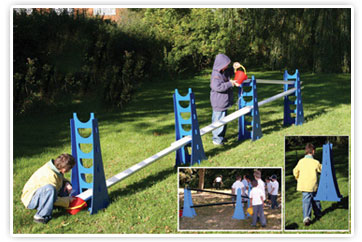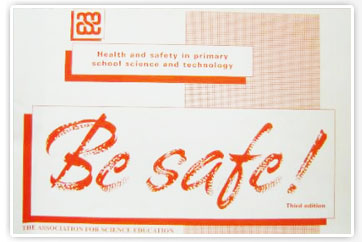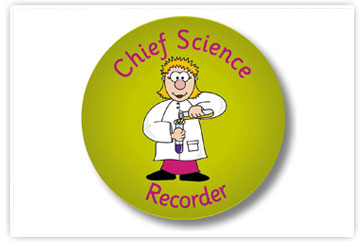Developing a school policy for resourcing primary science
What should I include in a school policy for Resourcing Primary Science?
Your school policy document for Primary Science should include a section on Resourcing Primary Science. This does not have to be a long section, perhaps 1 - 2 pages, the content of which agreed with staff and senior management. You might find the following headings useful, click on each one to find out more.
How resources support teaching and learning across the school.
This section should explain how the resources for science, support the following:
- development of subject knowledge e.g. electricity, forces;
- development of thinking and working scientifically (scientific enquiry);
- use of the outdoors in science;
- creativity in science;
- application of science;
- links with other areas of the curriculum e.g. technology.
Purchasing plan for current year and following 2 years.
It is useful to include a short paragraph on how you audit and make decisions on what to purchase each year. In some schools the science leader may need to indicate that some more expensive purchases, or larger numbers of one item, will have to be budgeted for over several years, and if appropriate that the school is fundraising to purchase these items.
For example: computer sensors or large equipment for creative thinking and problems solving (such as a Creative Cascade Set - see below).

Storing and accessing science resources
There is no one way to store resources, it will depend on the school building, area available for storage and the way that science is taught in the school. Ideally science resources should be accessible to children, so that they can collect and put back resources as required. In some schools this is not possible, usually because the area for storage is unsafe for children to access but with a little imagination most schools will be able to organise resources to encourage and develop independence in science.
Here the science coordinator had no choice but to store science resources in an area unsafe for children, but she made sure that the resources were carefully organised and labelled so that staff could find what they needed easily.
In a different school, a corridor is an ideal place for science resources, accessible to both staff and children; they are clearly labelled and at a height that everyone can reach.
Click here for more information on Storing and accessing science resources.
Health and safety
In this section you should include the following:
- Staff access to Health and Safety documentation
- ASE Be Safe 3rd Edition ISBN 9780863573248
- CLEAPSS www.cleapss.org.uk/prifr.htm
- Staff training on Health and Safety issues in primary science
ASE Be Safe

This publication gives advice on both practical science and technology in primary schools across the UK. It gives guidance on managing health, safety, and risk assessment. There are sections on the safe use of chemicals (including 'kitchen chemicals'), heating and burning, microorganisms, animals (including ourselves and material from butchers) and outdoor studies, etc. It has been welcomed and commended by the England, Wales, Scotland and Northern Ireland Government education departments. It is essential reading for all primary teachers and teaching assistants. Every primary school will need at least one copy - larger schools will need several.
CLEAPSS

CLEAPSS is an advisory service providing support in science and technology for a consortium of local authorities and their schools including primary schools. They offer help from nursery education through to A-level studies or equivalent. Their services cover health & safety, risk assessment, sources and use of chemicals, living organisms and equipment. CLEAPSS also provides advice on subjects as varied as electricity through to keeping animals in school. CLEAPSS also produces advice on subjects as varied as electricity through to keeping animals in school. CLEAPSS also produces a Primary Science and Technology newsletter with ideas for activities across the primary science curriculum.
Developing pupil responsibility and independence
This could be in the form of bullet points indicating how staff develop pupil responsibility and independence in using science resources, key points might include:
- Whole school approaches to pupil responsibility and independence in science.
- Why developing independence and responsibility in choosing and using science resources is important in primary science.
- Children using science resources in the classroom
- Role badges for science investigations
- Class science resource managers
- Year 5 and 6 science resource managers
Click here for information about Resource Manager role badges
What strategies can be used to develop children's independence in choosing and using science resources?

Science resource audit list and purchase list / invoices for current year.
Include a copy of:
- The most recent science resource audit list, it might include comments on 'Post Its', highlighted items that need replacing etc.
- Science resource purchase list, invoices for current year, with annotations on date sent and when items have been received.
Click on a link below to access science audit lists



On a more practical note this tidy can be used for carrying different science equipment around the classroom or outdoors.
Flash is required to use this part of the website.
Click for a hot tip